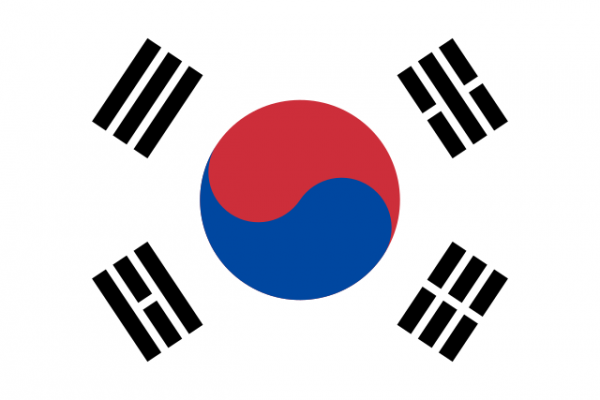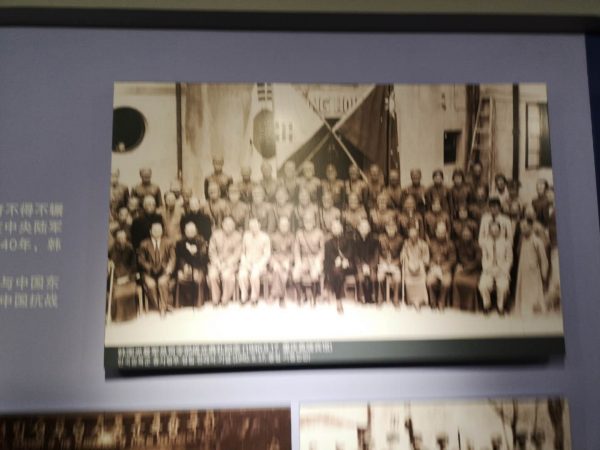
The flag of South Korea, also known as the Taegeukgi, is the national flag of the Republic of Korea. Here’s the history of the South Korean flag.
Generally speaking at Young Pioneer Tours we are slightly more interested in what goes on in North Korea, but South Korea, or as we are supposed to say the Republic of Korea also holds a soft-spot in our heart with us paying a visit there every year as part of our All Koreas tour.
If you’ve landed here by mistake you can read about the North Korean flag here.
History of the Korean flag
Prior to 1870 the Koreans not only did not have a flag, but quite frankly did not see much use for one. The closest they would have had to a flag would have been the Royal Standard of the Joseon Dynasty/Choson Dynasty.
From 1870, things started to change when the Japanese came a calling and Korea entered into a period of westernization and openness. What followed was almost 15 years of negotiations with the slowly declining Qing Dynasty government in which various flags that incorporated the designs of the Qing Dynasty, of which Korea was still a vassal, were discussed. By 1883, the Taegeukgi was being used to represent Korea in the Japanese Empire.
During the period of Japanese imperial rule, the Japanese flag took precedence and flying of the Korean flag became taboo so variations of it were used by the independence movement.

A similar version to the Taegeukgi was essentially used as the national flag of Korea as a whole until North Korea also known as the Democratic People’s Republic of Korea made their own flag.
In 1949 the Taegeukgi was formalized as the national flag of the Republic of Korea AKA South Korea.
What does the South Korean flag mean?
The white background of the Korean flag represents purity and the Koreans love of peace. This is an important color in the culture of Korea and can often be seen on the pational dress, the hanbok (link).
The taegeuk, or circle at the center from which the flag takes its name represents Yin and Yan, or as they say in China Ying and Yang – the balance in the world, which more or may not be where the Jedi’s got their balance in the force idea from! The blue bit denotes positive energy, whilst the red bit denotes negative energy. It’s all about the balance baby!
The four trigrams that make up the circle all represent the process of ying and yang undergoing a continuous cycle of change and growth. The three lines on the upper left represent the air element. Those on the upper right represent water with the trigram on the lower right represents earth and the one on the lower left represent fire.
This makes the Republic of Korea’s flag probably the most representative and complicated flag in the world (take that, green flag of Gaddafi).
Is there a unified Korean flag?
Yes indeed there is, and one which we have gotten into more detail in this blog, but it is much more simple.
The unified Korean flag consists of a while background with the Korean peninsula placed upon it in blue. It is used when Koreans compete as one nation, with the only argument being how prominent a role to give to Dokdo Island!





